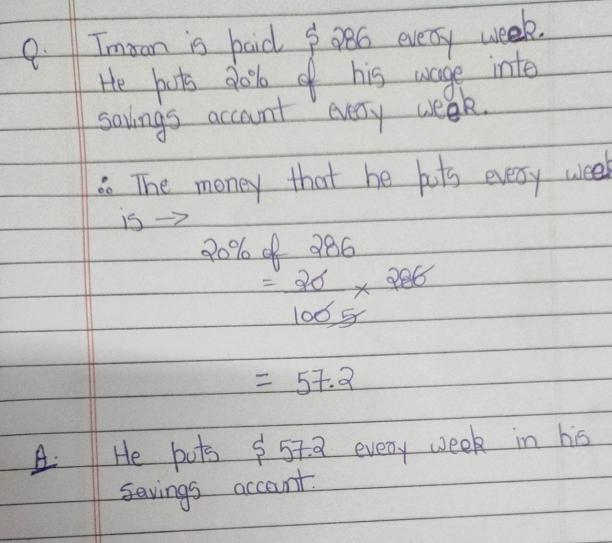 1
1 see below
Step-by-step explanation:
1.the equations have different slopes? They will intersect at one point so one solution
2.the equations have the same slope and different y-intercepts. They are parallel lines with a different y intercept so they will never intersect - no solutions
3.the equations have the same slope and same y-intercepts. they are the same line so they have infinite solutions
 1
1 see below
Step-by-step explanation:
1.the equations have different slopes? They will intersect at one point so one solution
2.the equations have the same slope and different y-intercepts. They are parallel lines with a different y intercept so they will never intersect - no solutions
3.the equations have the same slope and same y-intercepts. they are the same line so they have infinite solutions
 2
2 no solution
Step-by-step explanation:
5d - 8 = 1 + 5d
Add 9 to both sides
5d = 9 + 5d
Subtract 5d
0 does not equal 9
No solutions
 2
2 Step-by-step explanation:
1. The equations have different slopes.
then one real solution
Example:

subtract both sides of the equations

subtract x from both sides

substitute it to the first equation


If the lines have different slopes, they intersect. The intersection coordinates are the solution to this system of equations.
2. The equations have the same slope and different y-intercepts.
then no solutions
Example:

subtract both sides of the equations

It's FALSE
Conclusion: No solutions
Other explanation:If the lines have the same slopes, they are parallel. If they have different y-intercept, they have no common points (no solutions).
3. The equations have the same slope and same y-intercepts.infinitely many solutions
Example:

add both sides of the equations

It's TRUE
Conclusion: infinitely many solutions
Other explanation:If the lines have the same slope and the same y-intercepts, then the equations shows the same line. Two overlapping straight lines have infinitely many common points (infinitely many solutions).
 2
2 no solution
Step-by-step explanation:
5d - 8 = 1 + 5d
Add 9 to both sides
5d = 9 + 5d
Subtract 5d
0 does not equal 9
No solutions
C. the equation has no solution
Step-by-step explanation: the numbers are not equal for there to be a solution.
The answer is in the image

SI=(P*R*T)/100
P=2000
R=1.5
T=6
SI=(2000*1.5*6)/100
=(2000*9)/100
=180
Neil will earn interest of 180

It will provide an instant answer!
